Agent Based Architecture
GENERATIVE AGENT-BASED
ARCHITECTURAL DESIGN COMPUTATION
Behavioral strategies for integrating material, fabrication and construction
characteristics in design processes
Ehsan Baharlou
Institute for Computational Design and Construction of the University of Stuttgart, 2017

The aim of this thesis by Ehsan Baharlou is to investigate the generative potential of agent-based systems for integrating material and fabrication characteristics into design processes. This generative agent- based system reflects the significance of behavioral strategies in computational design and construction.
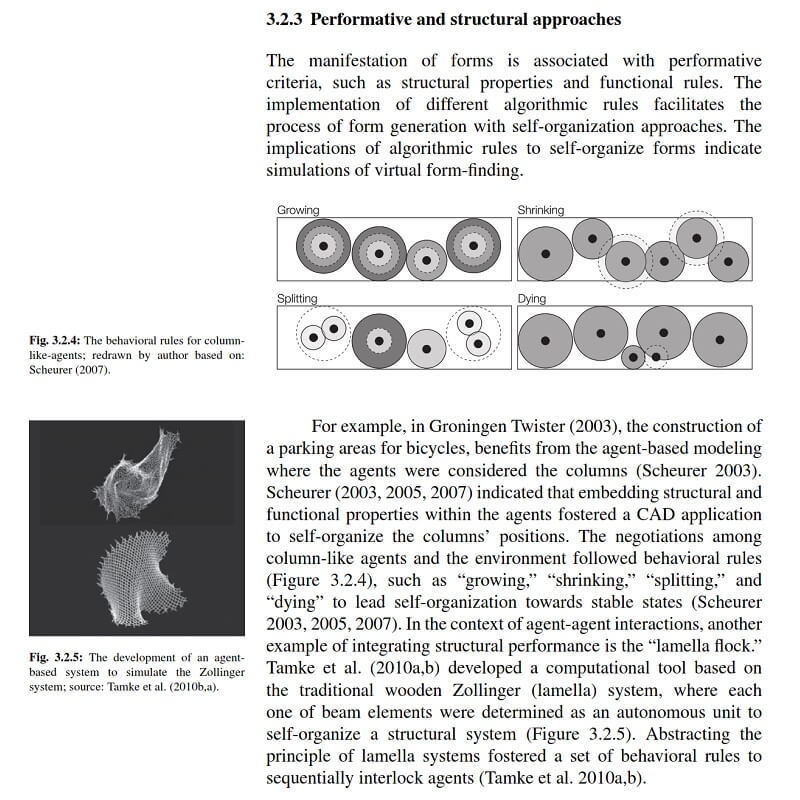
This work presents a generative behavioral approach for integrating fabrication processes with material specifications. The development of a computational framework facilitates this integration via an agent-based system. A series of experiments with related case studies emphasizes behavioral strategies within the processes of formation and materialization.
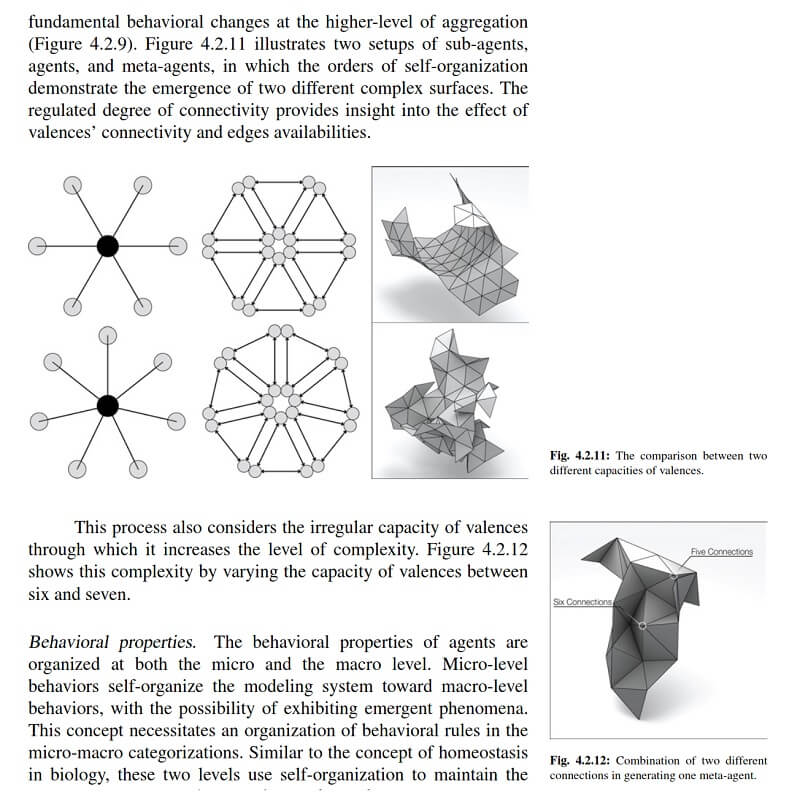
This research proposes the integration of material and fabrication processes through an agent-based system. The utilization of this system reflects a theoretical framework in developing an integrative computational method.
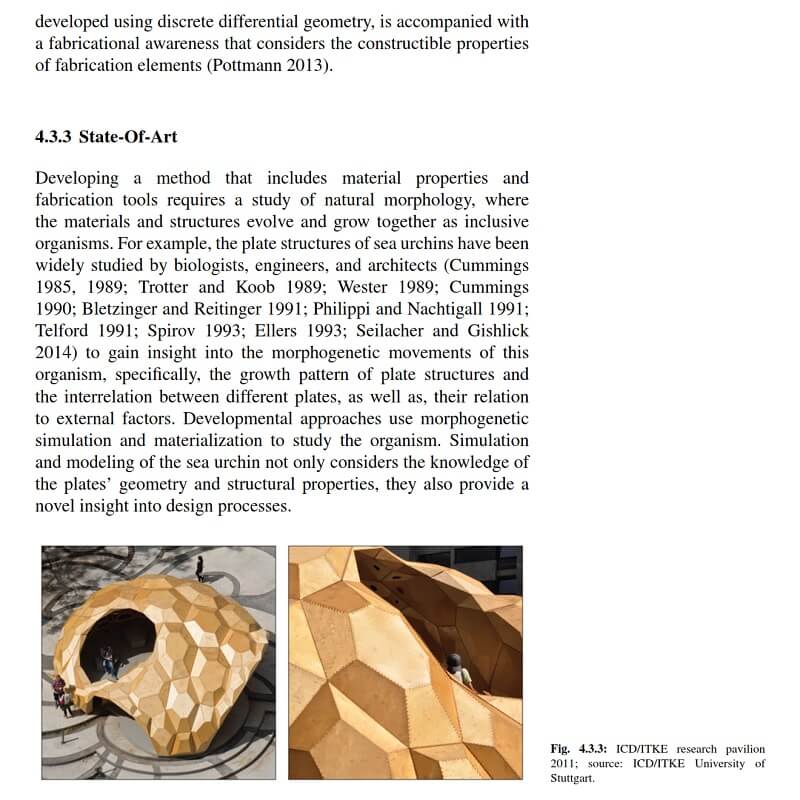
The implementation of this theoretical framework in practical studies demonstrates the applicability of this research. The practical developments highlight the importance of behavioral strategies to establish integral design computation.
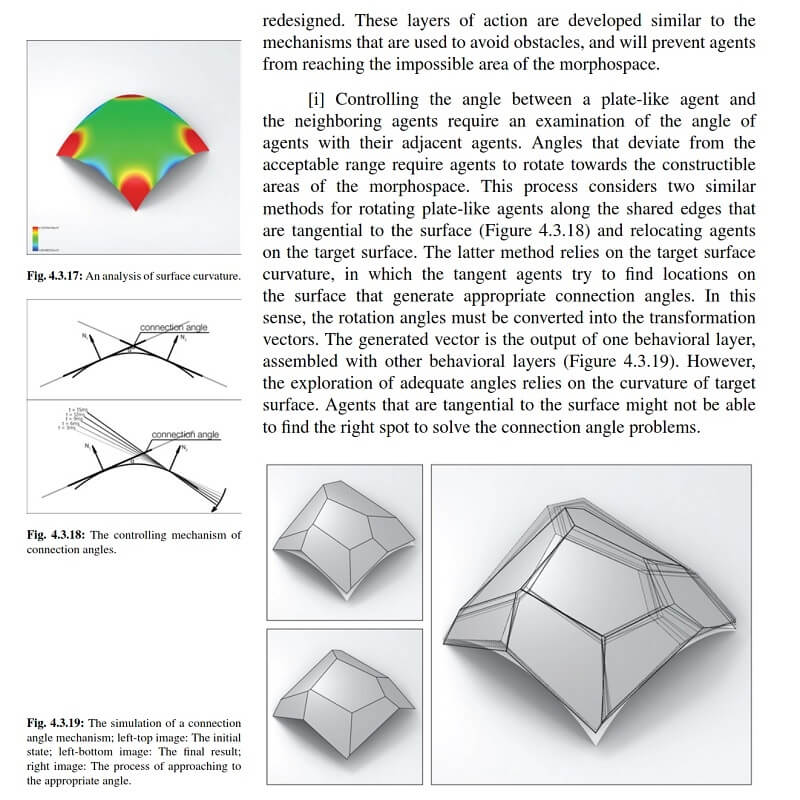
Chapter 1 introduces the extended behavioral strategies to integration design. Chapter 2 provides a study about integrative design computation to abstract the main drivers of design integration through agent-based modeling. Chapter 3 presents agent-based systems in architectural design, specifically, in regards to material, fabricational, and environmental principles.
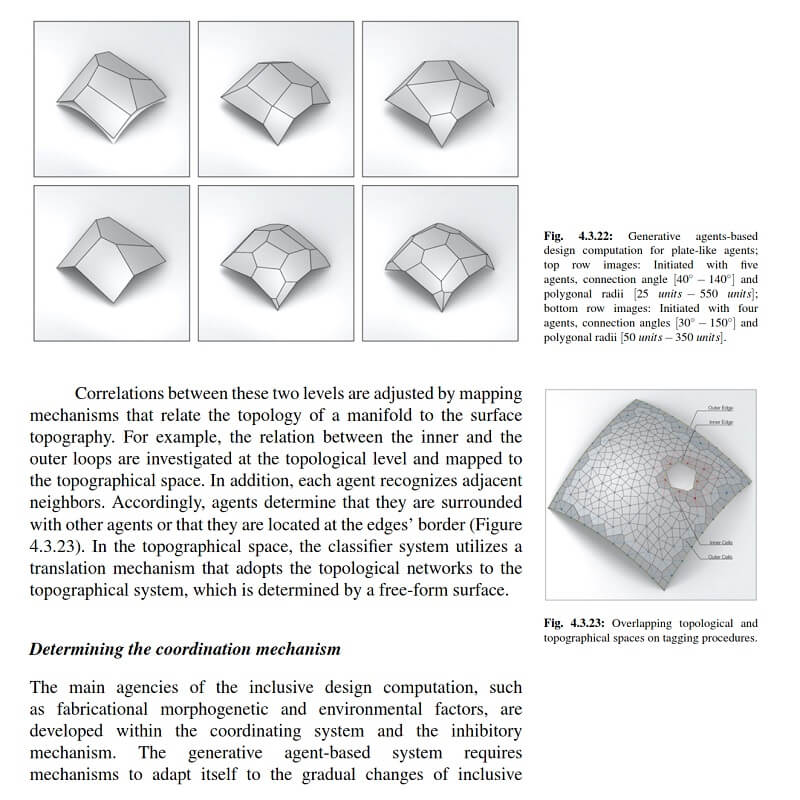
Chapter 4 explores experiments and case studies to adjust the development of a generative agent-based system for integrating material and fabrication characteristics in design processes. Chapter 5 explains procedures for setting-up a generative agent-based design computation.
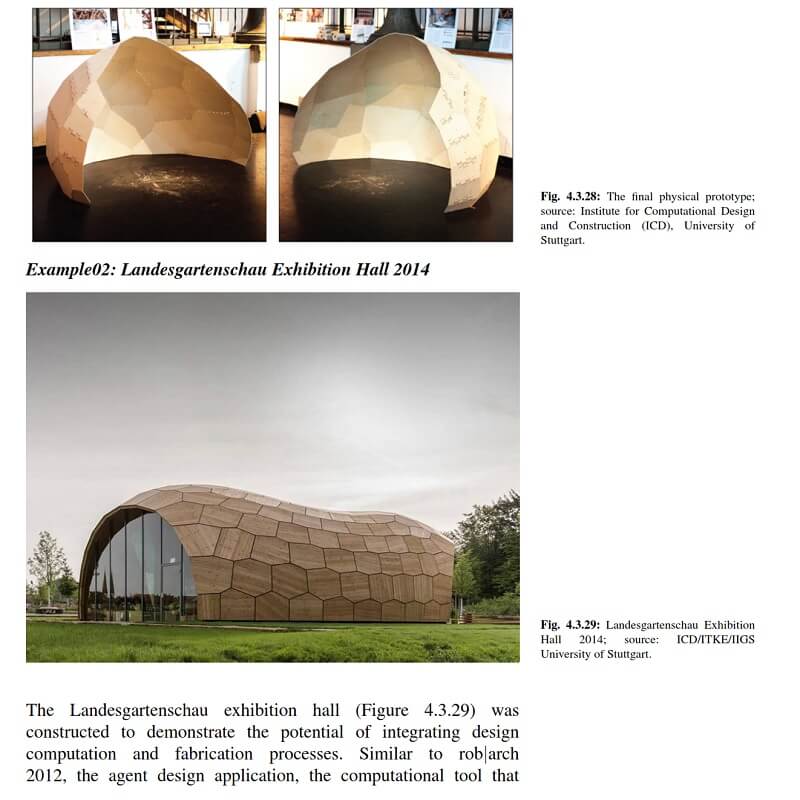
Chapter 6 discusses the significance of behavioral strategies to develop different behavioral layers within a generative agent-based architectural design. Chapter 7 concludes the integral behavioral strategies by proposing trends to minimize the gap between formation and materialization through coalescing computational and physical agent-based systems.
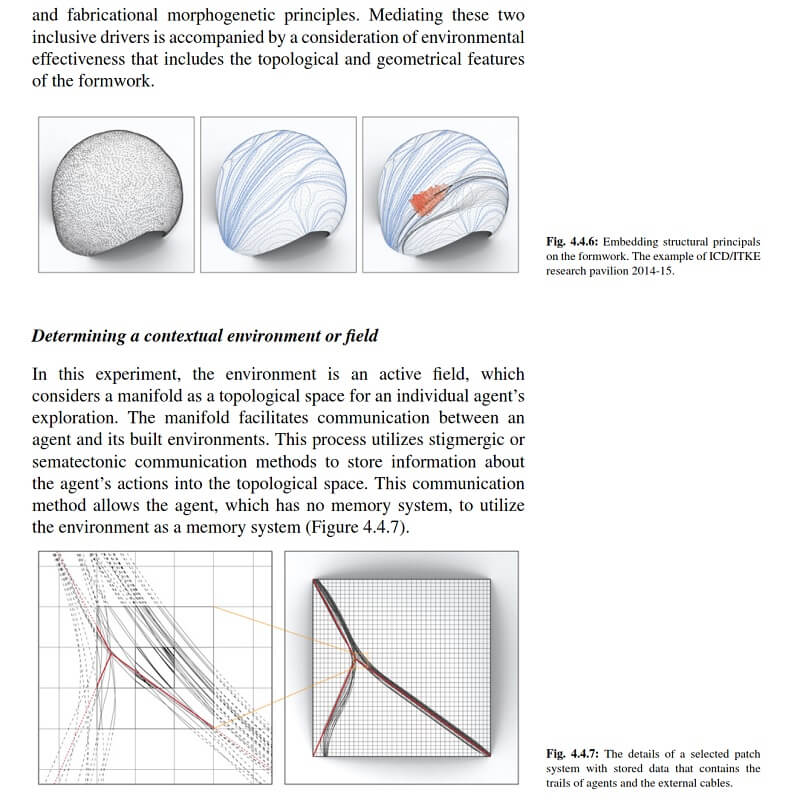
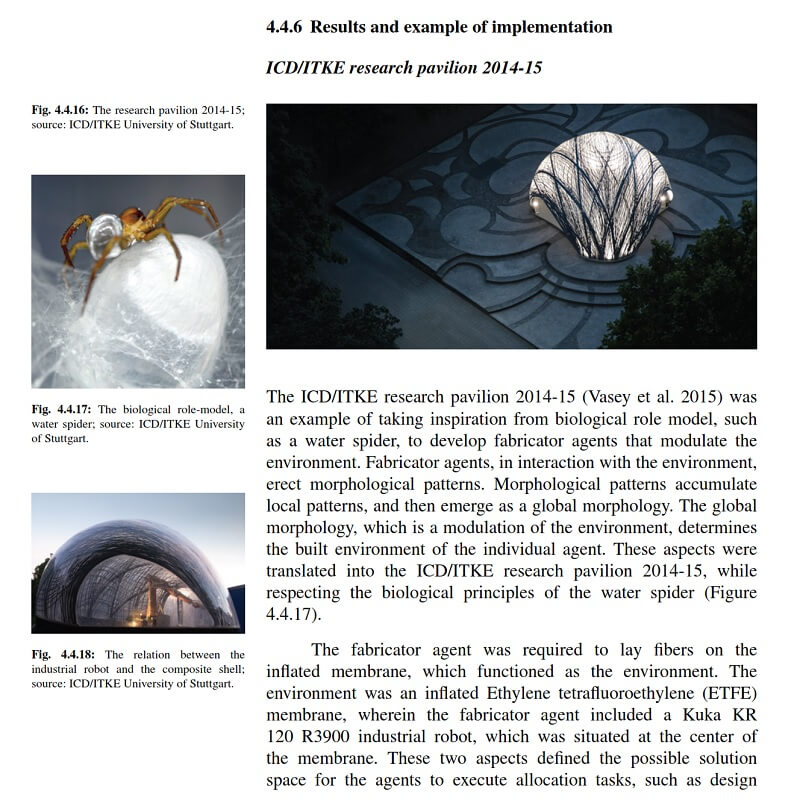
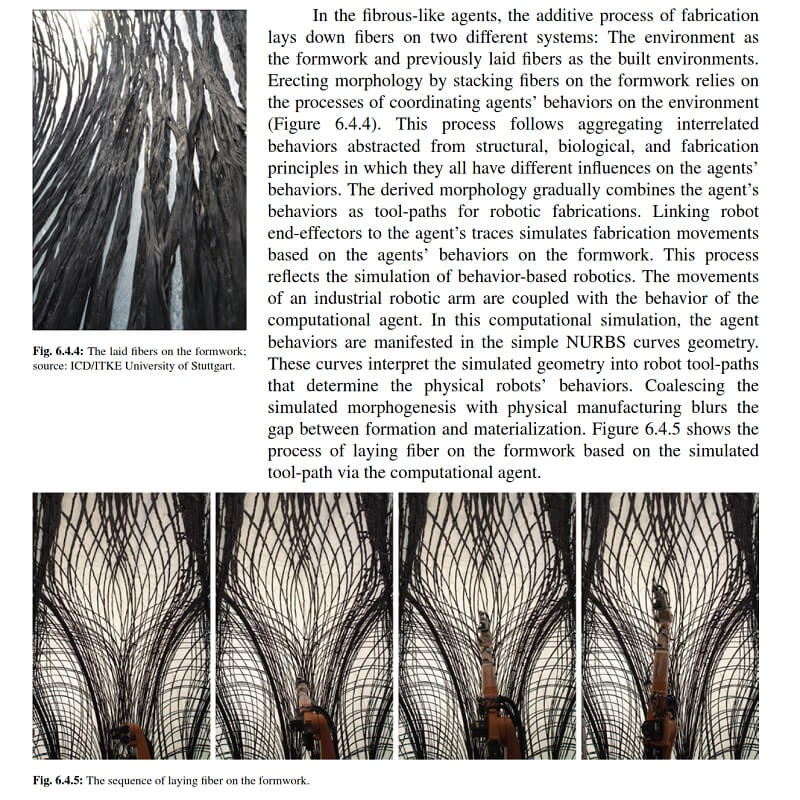





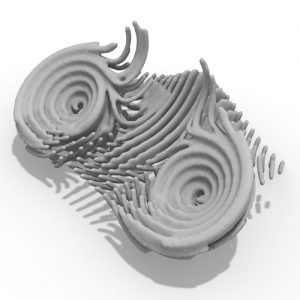


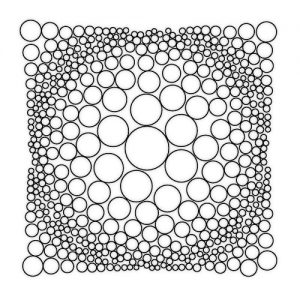



















Comments